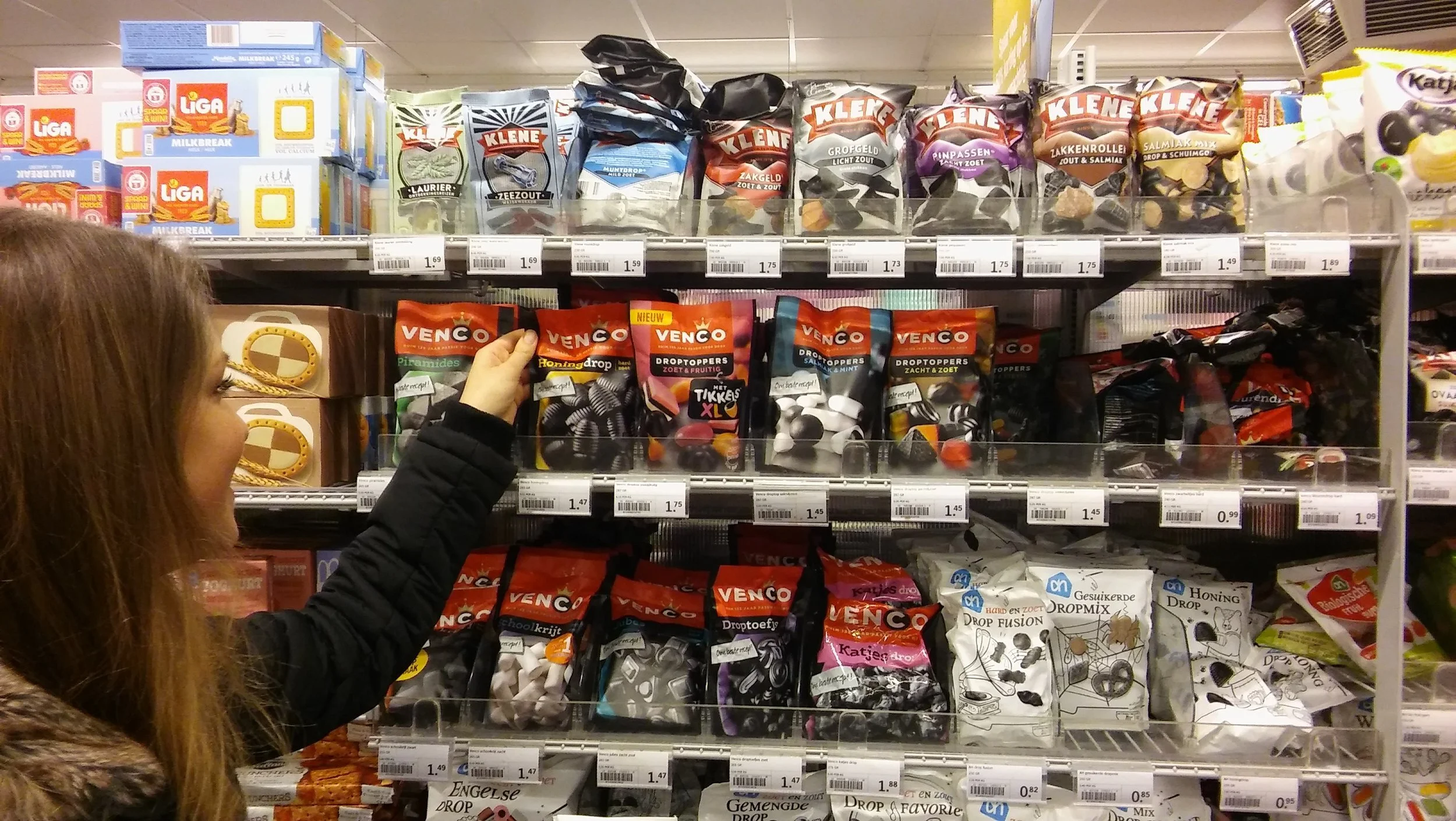Scientists discovered that marking food products and drinks with the amount of physical activity needed to lose the number of calories contained could be useful in motivating people to make healthier purchases.
We are used to product packaging mentioning the amount of calories contained in the product - Image Credit: Universal-Sci - CC BY 4.0
As the consumer inadequately recognizes the existing method of food labeling that focused mainly on calorie content, the researchers suggest it might be worth a try to see whether a different way of labeling might have an impact on obesity levels. Calculations show that changing the labeling to be exercise-oriented might reduce daily calorie intake with more than 190 calories per person.
The idea is that this new type of food labeling would show how many minutes of a specific physical exercise would be needed to burn off the calories from a certain food or drink. Another way of visualizing this could be disclosing the distance or time someone needs to walk to burn off those calories. Almost everybody walks, making the latter option the most relatable. For instance: A bag of chips containing 550 calories would take approximately two hours to burn off walking or approximately one-hour running.
This method of labeling is called physical activity calorie equivalent or expenditure (or PACE). The UK Royal Society for Public Health has previously called for PACE labeling to substitute the current UK labeling system. However, as of yet, there has been scarce substantial evidence to support such a drastic change.
Image Credit: Emiliano Vittorios via Unsplash - HDR tune by Universal-Scii
This is where the previously mentioned scientists come in. In their research published in the scientific Journal of Epidemiology & Community Health, they have shown results of the combined experimental data from 14 randomized controlled trials on PACE. It turns out that when PACE labeling is used, on average, people elect 65 fewer calories per meal in comparison to conventional labeling. All things combined would lead to a potential reduction in daily intake of 200 calories.
These results are very promising; however, it needs to be noted that the number of included studies is rather small. More research should be done to determine the potential benefits of PACE labeling conclusively.
If you wish to read more about this subject be sure to check out the research report listed below
If you enjoy our selection of content please consider following Universal-Sci on social media:


















